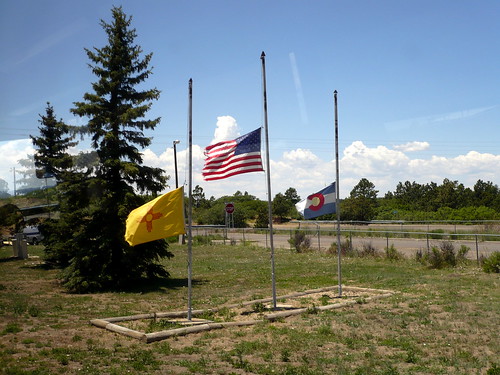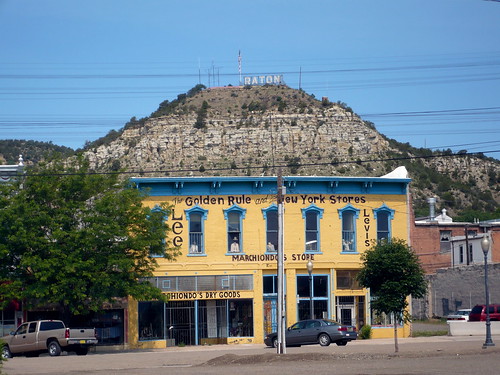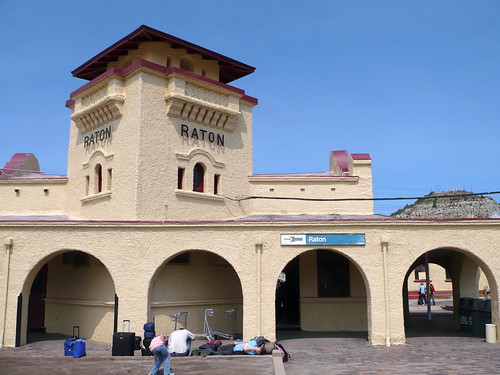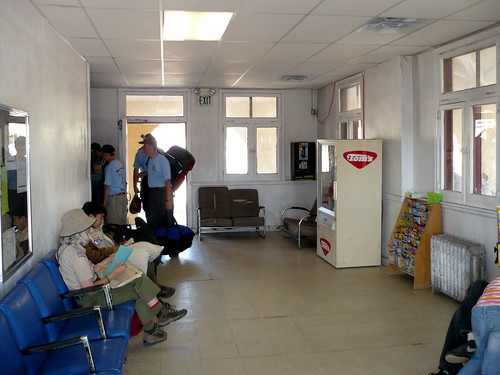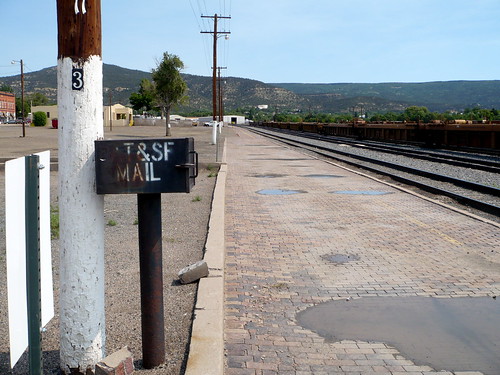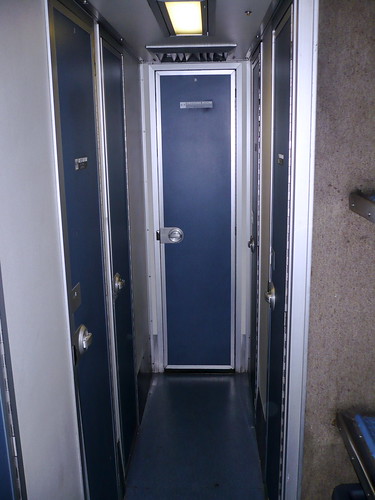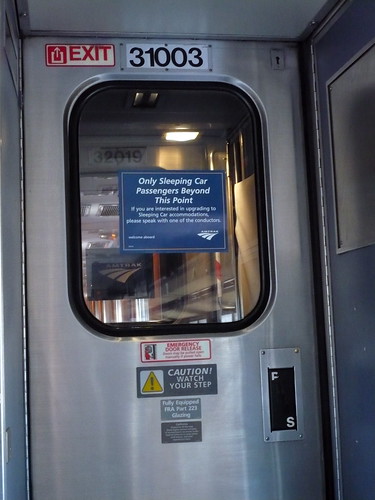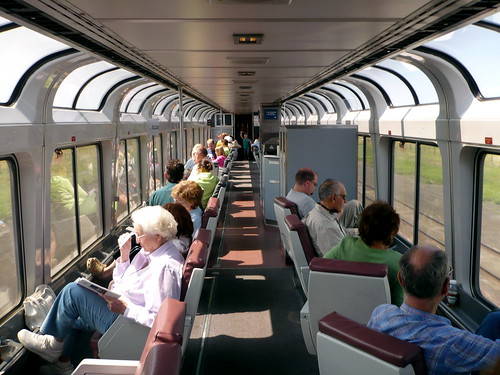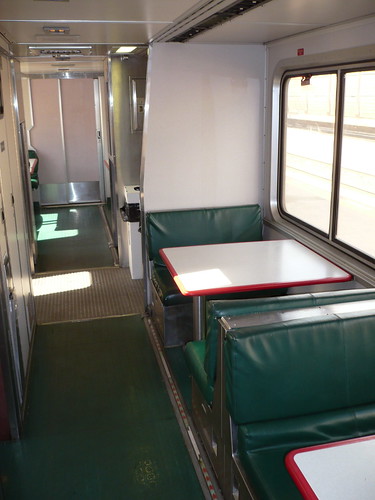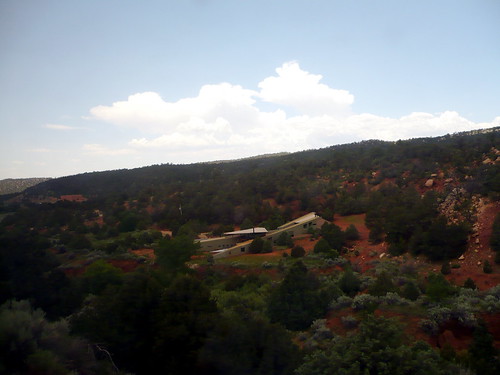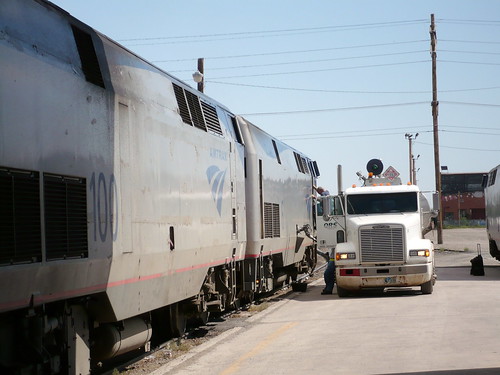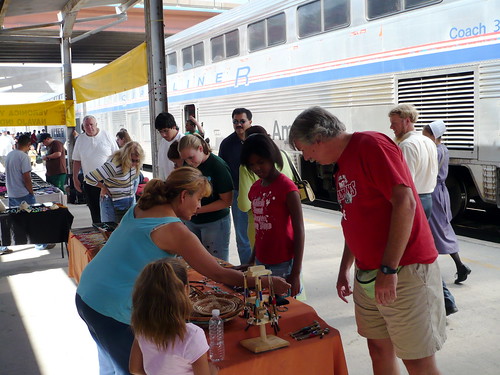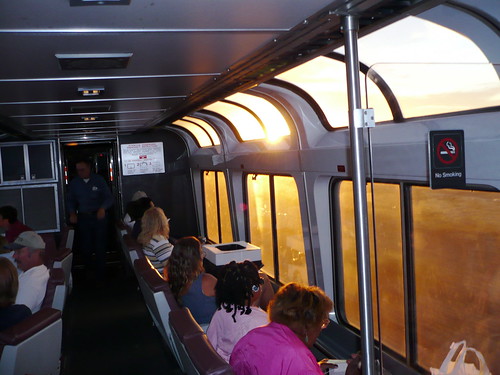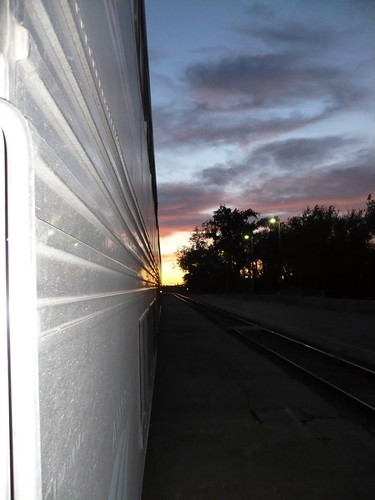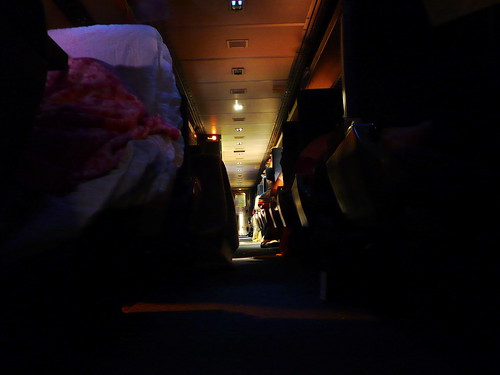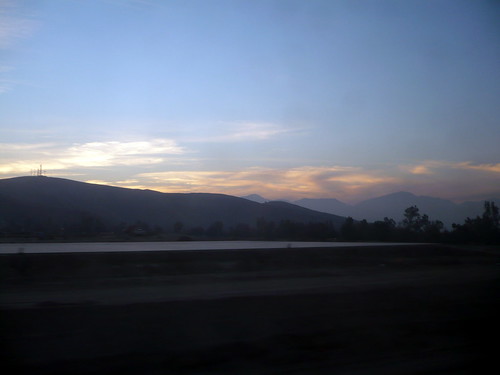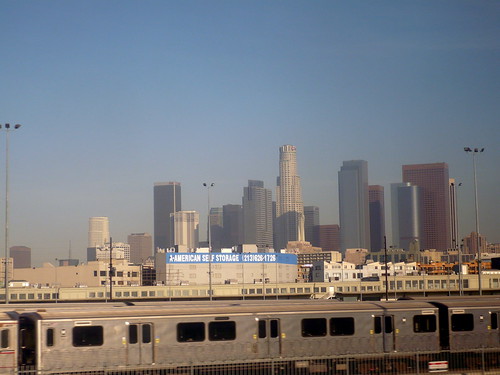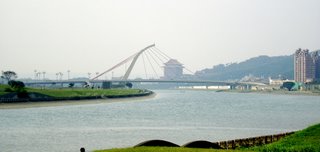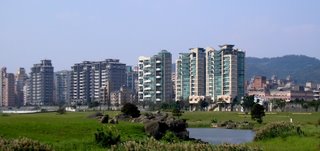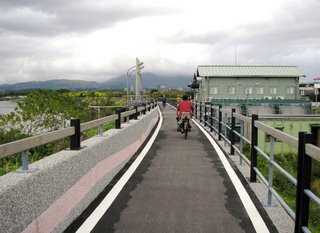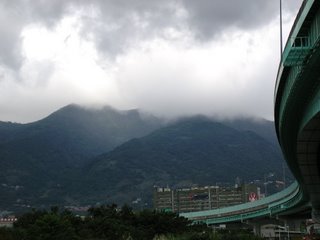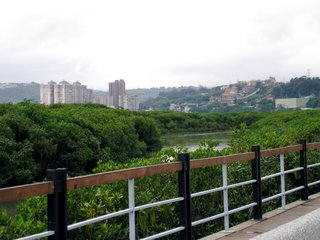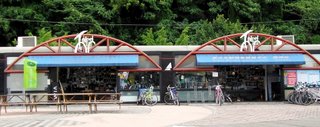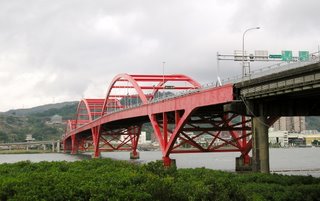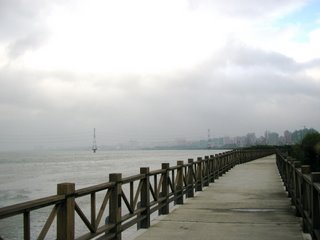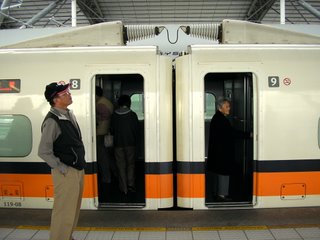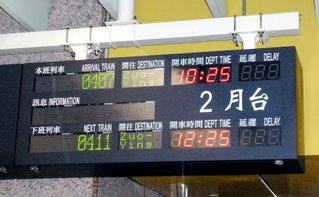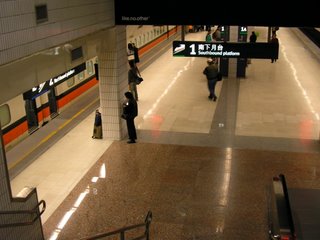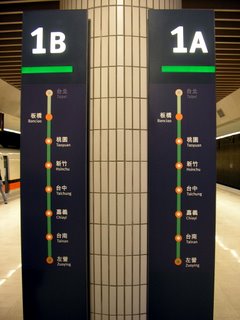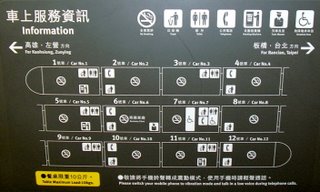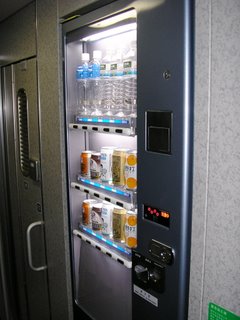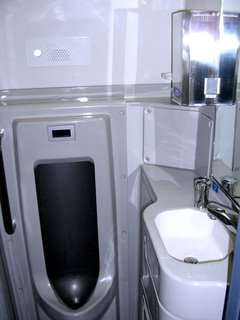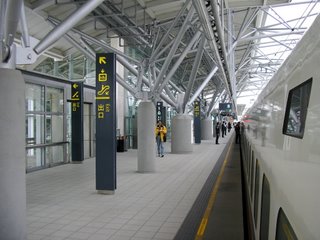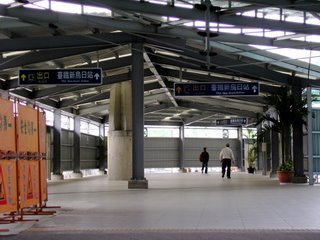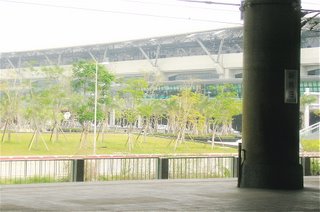
A popular summit without karaoke? This would never be allowed to happen in Taiwan.
I'm surprised no one has tried doing this on the summit of Yushan yet.
Perhaps it is simply my lack of musical talent, but I never really caught on to the karaoke craze while growing up in Taiwan (or vice versa). Conversely, almost every single Taiwanese student I've known, both in Taiwan and abroad, is crazy about it. Even here in the US, almost every major meeting of Taiwanese students involves a lengthy session of graduate students crooning into a microphone (with the echo effects cranked way up).
Come to think of it, this may explain why we all seem to get along so well, despite our differences. It may be a form of escapism, but with everything else going on, sometimes you just need to escape for a while. And Matsu knows that I've done my share of introducing them to local culture in Colorado, namely: "To Ski, Climb, Run, and Drink Lots of Microbrewed Beer".
"We're having a karaoke session on Saturday, come on by", my friend said. "We even went through the trouble of downloading some English MVs for you."
For the record, my Mandarin is perfectly fine, and liberally sprinkled with language commonly heard from your local betelnut chewing cabbie. But my understanding of Taiwan pop music seems to be stuck from around my high school days in the late '90s. Somewhere along the line, my friends became more interested in having someone who could convincingly (to their ears anyhow) fake a variety of North American accents, than rehash 1997 in Taiwan pop music.
"Why don't we go hiking instead?" I suggested. "Why?" my friend replied, "We'd just start singing at the summit. Why go through all the trouble when we can do it down here? You can bring the beer."
As if to accentuate his point, it rained on Saturday. And so I found myself with 15 other Taiwanese grad students, standing in front of a big screen TV and a karaoke machiene, with a microphone in my hand, awaiting the first song...
... which turned out to be "I Don't Wanna Miss A Thing" by Aerosmith. I spent most of the song with my vocal chords stretched to the breaking point, and no sound coming out of my mouth.
Whatever the beneficial effects of living at high altitude for long periods, singing isn't one of them.
One by one, we went down the ever growing queue of songs. Ballads of love and loss seemed to be the most popular... all sung by everyone in the room (or so it seemed, it was hard to tell with the echo effect of the microphone cranked up to the max). The rain came down outside, we sang offkey, no one cared. Normally reserved students poured their hearts out.
If you've lived in Taiwan long enough you realize that the cynical nature projected by most people is a facade that rarely comes down... except in the presence of very close friends, or barring that, a karaoke machine (or liberal amounts of alcohol). "You can have dreams and ideals", my parents once told me, "as long as you don't tell them to anyone else". You don't do something for some idealogical reason... you do it because "沒辦法" ("I had no other choice"), "警察在看" ("There's a cop looking"), or some similarly pragmatic reason. Sometimes, you even start to believe it. Interestingly however, Taiwanese students arriving here have no problem accepting the idea that "Pedestrians have the right of way", without having to qualify it with "lawsuits are expensive", or "windshields are a pain in the butt to replace".
Just one of those cultural things I suppose.
After my third offkey rendition of "Country Roads", I finally managed to squeeze in a non-English song dating from my last days of high school. Maybe I just needed a reminder of brighter days when the future seemed boundless, untempered by the cynicism of reality. Or maybe I was getting fed up with the love ballads from the latest 星光 talent search stars....
Either way, I was still singing off key.
歌名:憨人
Title: The Fool
語言:台語
Language: Taiwanese
編曲:五月天
Artist: Mayday
Original Translation by C.C. and Merry, slightly modified.
我的心內感覺 人生的沈重 不敢來振動
In my heart I feel the seriousness of life, but I don't dare touch it
我不是好子 嘛不是歹人 我只是愛眠夢
I'm not a goody good, and I'm not a bad person either, I just love to dream
我不願隨浪隨風 飄浪西東 親像船無港
I don't want to drift with the wind and tide, like a boat with no harbor
我不願做人 奸巧鑽縫 甘願來作憨人
I don't want to be a devious opportunist person, taking advantage of others. I'd rather be a fool.
我不是頭腦空空 我不是一隻米蟲
My head isn't empty, and I'm not useless
人啊人 一世人 要安怎歡喜 過春夏秋冬
Oh people! A lifetime is so long, how can we happily pass the years?
我有我的路 有我的夢 夢中的那個世界 甘講伊是一場空
I have my own road, I have my dreams. Is the world that I dream of just an illusion?
我走過的路 只有希望 希望你我講過的話 放在心肝內 總有一天
On the road that I have travelled, I have only hope. Hope that all we've talked about is in our hearts, believing one day it will all come true.
看到滿天全金條 要煞無半項 環境來戲弄
Seeing my dreams dance through the sky, I reach out for it but grasp nothing, the world is mocking me
背景無夠強 天才無夠弄 逐項是攏輸人
My background's not strong enough, my talent's not good enough, I lose to others in everything
只好看破這虛華 不怕路歹行 不怕大雨淋
I'd best see through this facade, unafraid of how difficult the road ahead may be, and unafraid of being drenched by the rain
心上一字敢 面對我的夢 甘願來作憨人
On my heart there is one word: daring, when facing my dreams, I'm willing to be a fool.
Outside, the rain kept pouring down, the world moved on, but for a moment, all that was forgotten.
Tags: [Karaoke], [Mayday], [Student Life]





